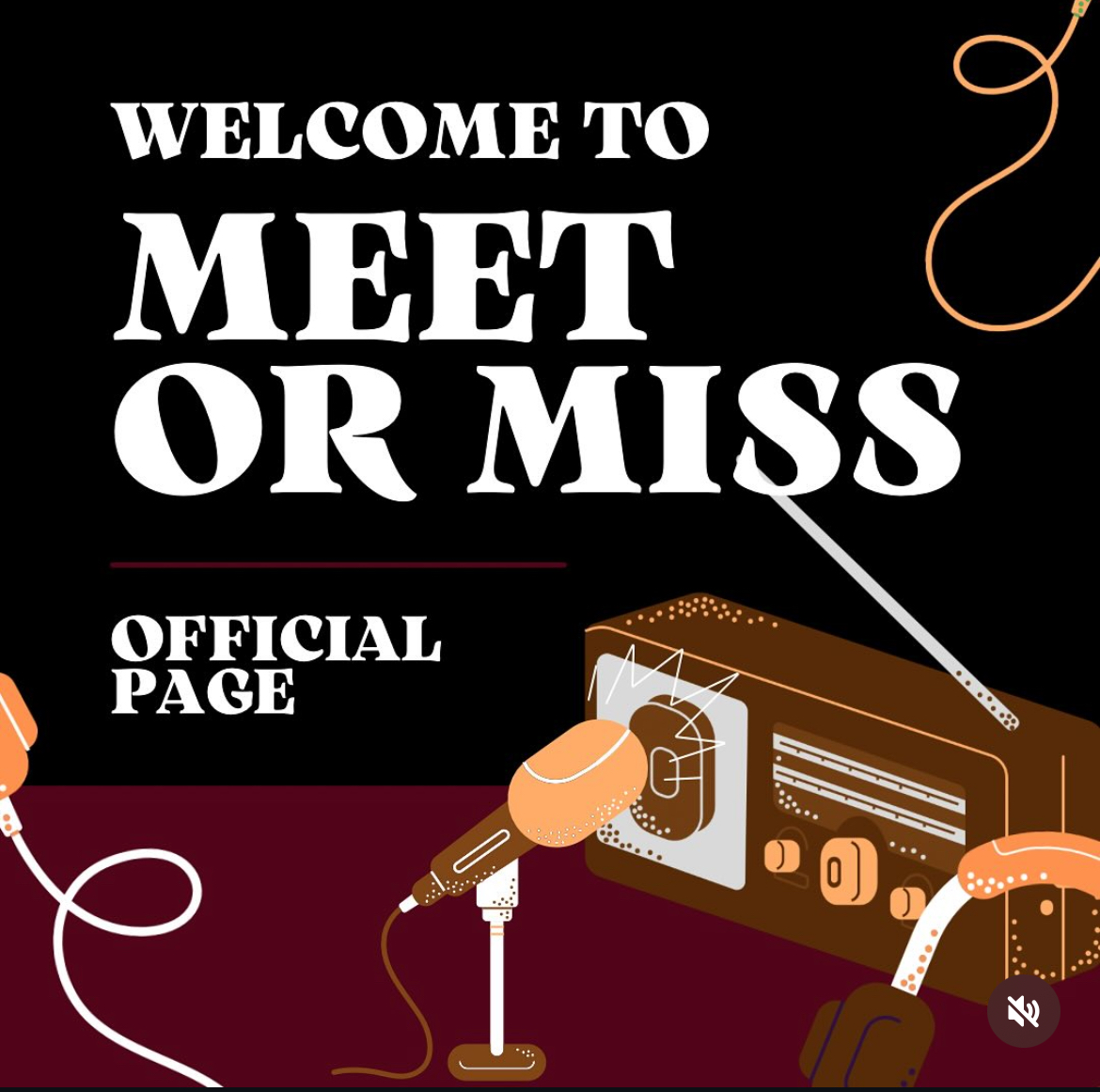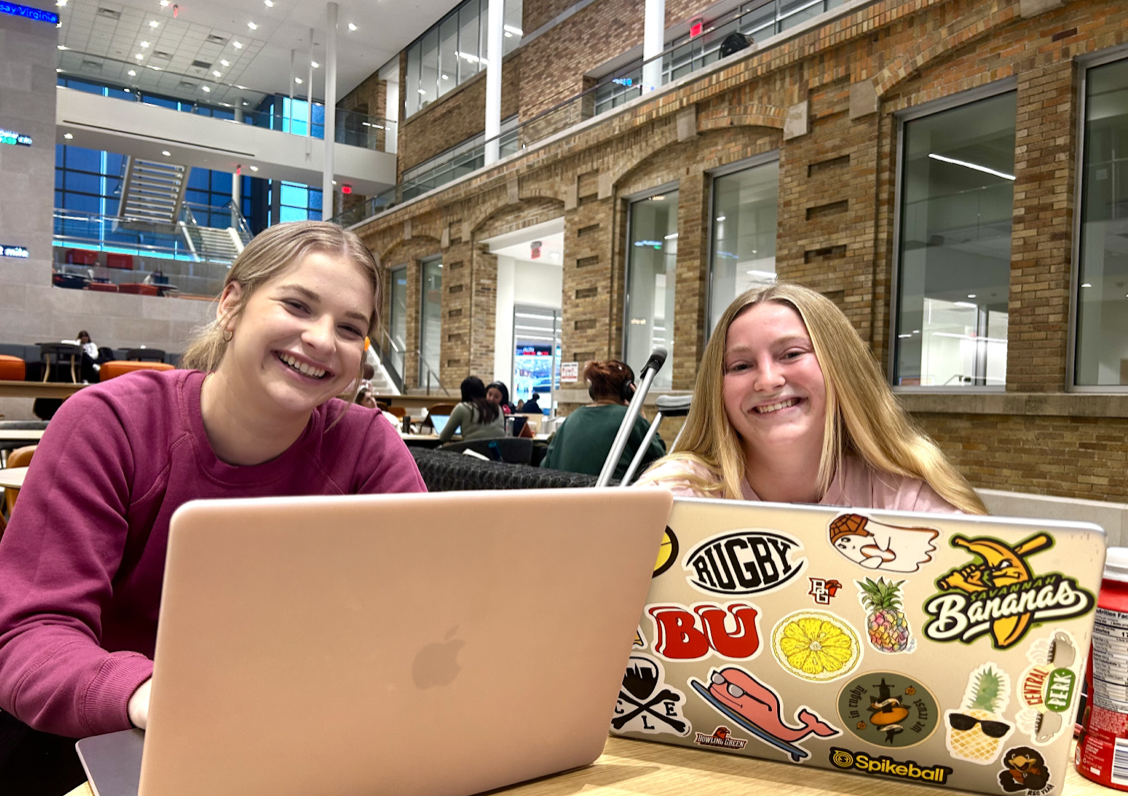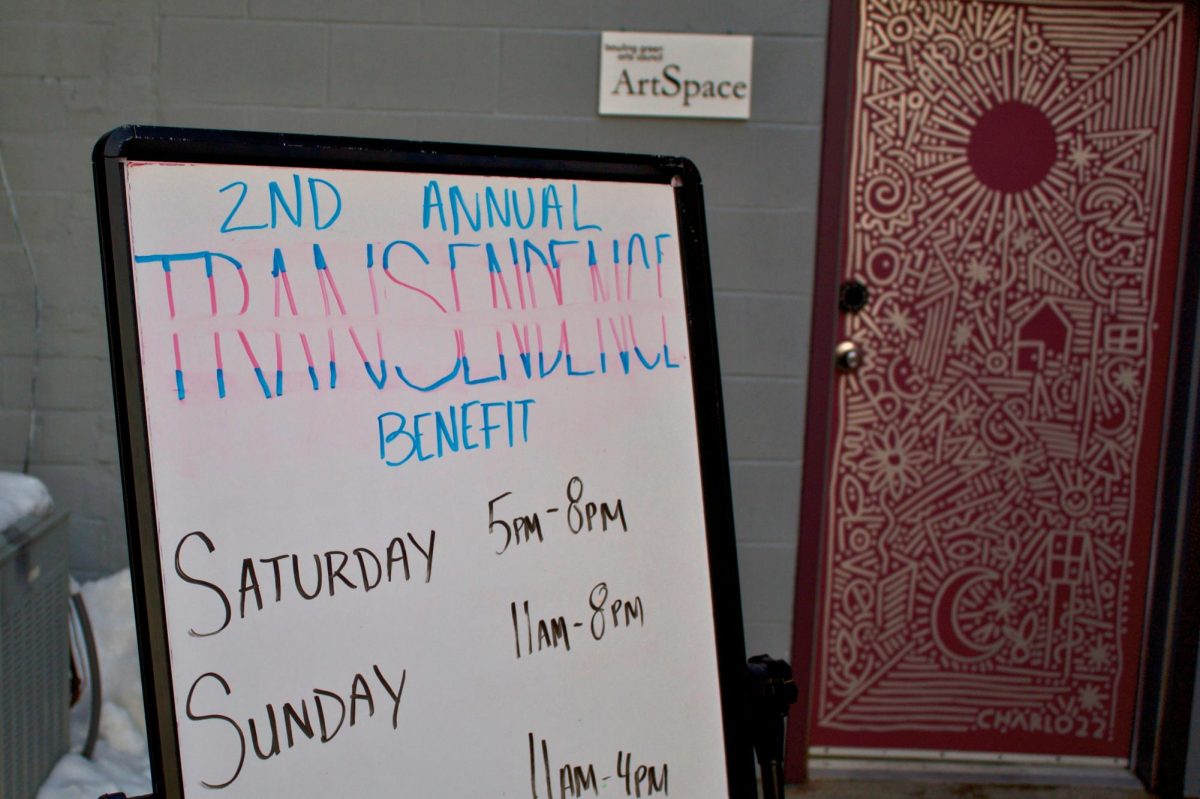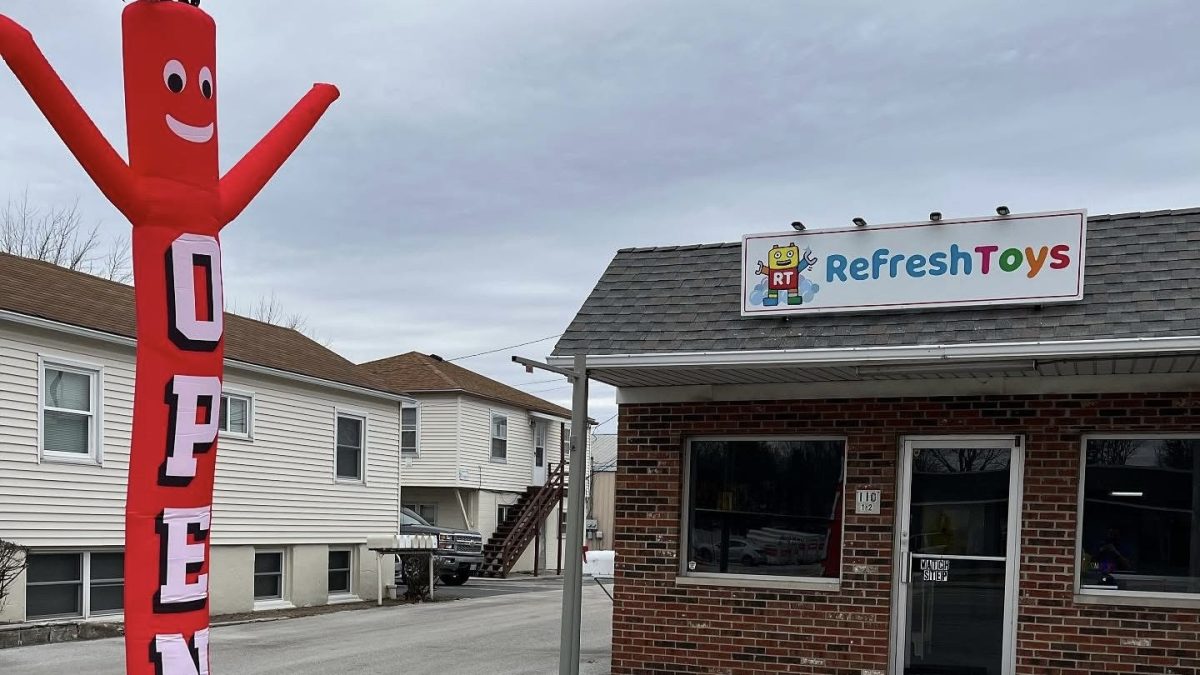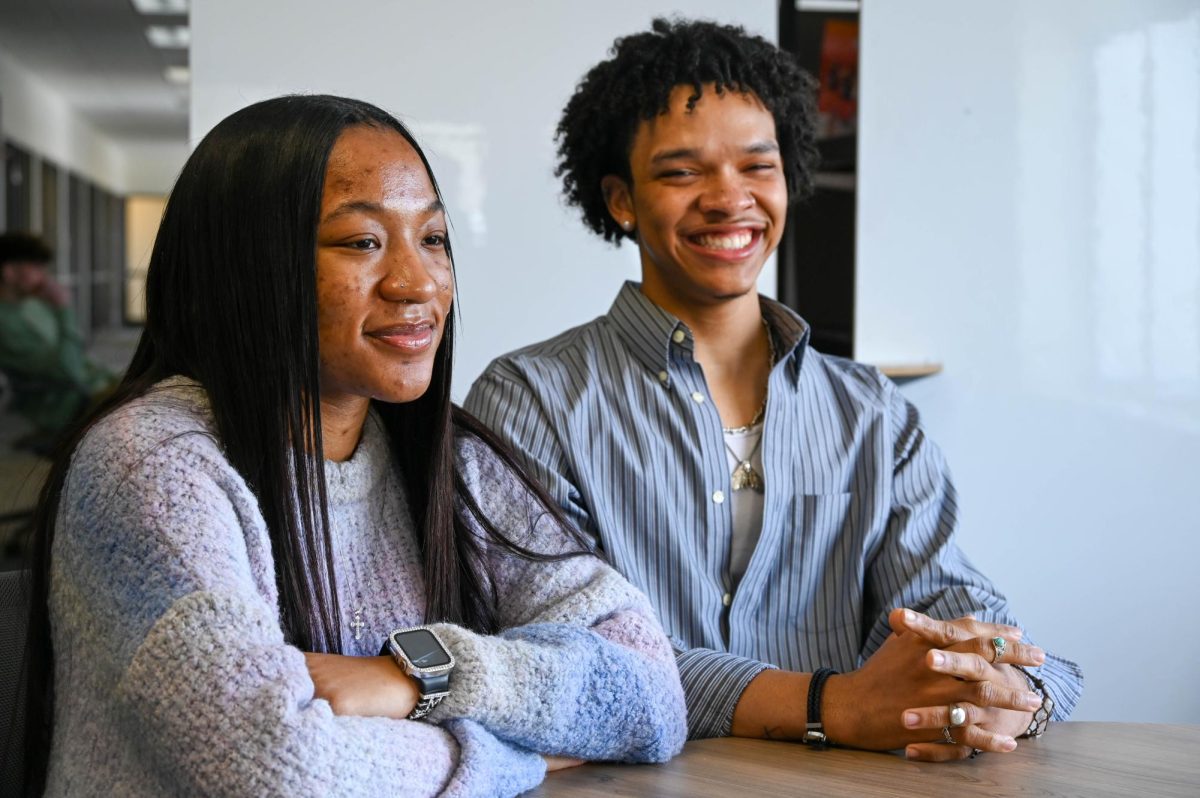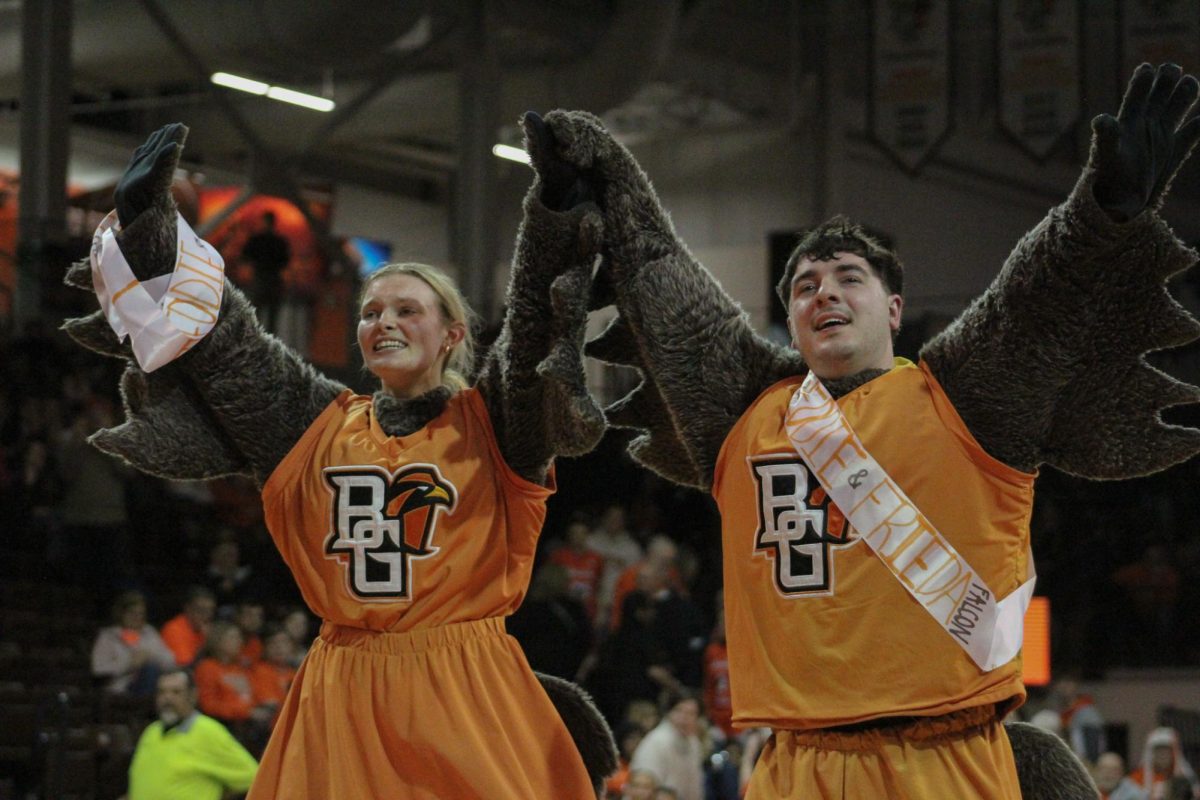Connect to the Internet; go to a Web site; create an identity. The topic of yesterday’s Brown Bag Lunch ‘Gendered, Placed and Raced: Three-Dimensional Cyberspaces’ explored issues of self identity within the three dimensional Web site: Second Life. Second Life is an interactive user generated Web site that allows users to shop and interact with other users while creating their own avatar to express personality. The invention of the Internet and online worlds like that in Second Life allows people to think about their identity and what they do in real life to signify their own identify, presenter Radhika Gajjala said.’ ‘This world allows us to explore the issues of identity, gender and race and the production of identity in ways that are really universal but are addressed in this world,’ Gajjala said. Presenter Samara Anarbaeva, a 3rd year Ph.D. student in communication studies, has been involved in the second life world for three years, said she immediately recognized the program’s ability to gender the avatar. ‘When you log on you really see how your identity is constructed and will be constructed,’ Anarbaeva said. ‘What is unique about Second Life is that the world also encourages us to look beyond our own identities and sort of play with the roles we were given.’ Natalie Silva, a Second Life user and presenter said she was really drawn to her ability to challenge gender roles and standards in the program. ‘In my first life I am a teacher and this is sort of a traditional feminine role, but in Second Life I am an architect and I really enjoyed how the world gave me the freedom and fluidity to break the set of rules which society has sort of placed on people and gender,’ Silva said. The ultimate anonymity of the Internet and Second Life also allows the users to generate their own identity and deviate from their real ones in obvious ways while still resonating with the user as a part of themselves, said presenter Kacie Rethman. ‘I noticed right away the Barbie-like bodies of the women and the ripped muscles of the men,’ Rethman said. ‘What you wish you could be in your real life you can be in your second life.’ The act of creating an identity online can challenge users to think about their ‘real life’ identity in a more introspective way that they may have not thought about if they were not asked to on Second Life, Gajjala said. ‘We choose who we want to be and also who we don’t want to be,’ Anarbaeva said.
Web site enables users to explore personal identity online
March 19, 2009
0
Donate to BG Falcon Media
$845
$2500
Contributed
Our Goal
Your donation will support the student journalists of Bowling Green State University. Your contribution will allow us to purchase equipment and cover our annual website hosting costs.
More to Discover





